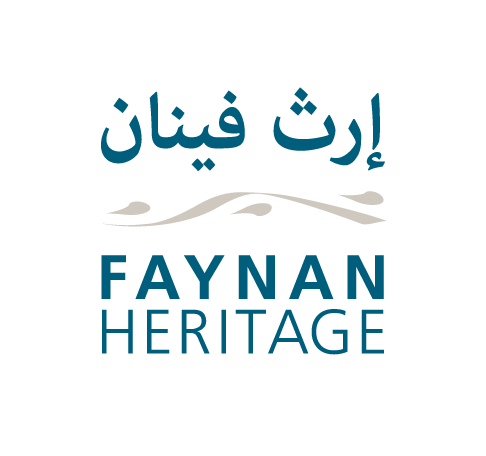The Bronze Age
Population growth, expansion of farming and metallurgy, followed by decline
The Bronze Age, originally named after the various copper alloys that came into use during this time, was a period of major social and economic change throughout the Levant. Developments included the first urban communities, the development of monumental art and architecture, long distance trade, new technologies and the emergence of hierarchical societies with political and religious elites.
During the Bronze Age, the Levant sat between the early state societies of Mesopotamia to the north and east, and of Ancient Egypt to the south and west. Trade and power relations between these imperial states influenced developments within the Levant, with local elites gaining their own power by facilitating the trade in metals to Egypt, passing through sites located south of Faynan on the Red Sea. Although urban communities did not develop within Faynan itself, the major expansion and exploitation of its mineral wealth, notably copper, was related to the social, economic and political transformations within the wider Levant.
There was a substantial increase in population in Faynan during the Early Bronze Age, 5,000–4,200 years ago, evident from the hundreds of sites across the landscape where distinctive Early Bronze Age pottery is found. The largest settlement was located close to the Faynan river channel, and had a population between 1,000–2,500 people. Khirbat Faynan was also occupied from the Bronze Age onwards, although later construction masks the extent of this settlement. Such population growth would have been helped by a wetter climate, leading to higher crop yields. It would also have been achieved by a more complex farming system, involving management of the water supply using dams, walls to divert water and water-storage facilities. A settlement pattern of large communities developed, living close to the water channels cultivating arable crops, and specialist pastoral communities based on the higher slopes. Farming must have generated a surplus to support people involved in mining, smelting and the range of craft activities which expanded during this time. The large number of funerary monuments in the landscape suggest there may have been specialist priests, while coordination of this whole system might have required a political elite.
During the latter part of the Early Bronze Age, the extent of farming activity reduced, but that of mining, smelting and the export of copper increased, with its focus shifting to Wadi Fidan, where Khirbat Hamra Ifdan become a key centre. That too declined towards the end of the Early Bronze Age, probably reflecting changing patterns of Egyptian trade and political influence in the Levant.
The reduction in farming might reflect the vulnerability of Faynan to slight shifts in climate. Reduced rainfall had a major impact on yields, whilst soil erosion arising from the clearance of trees might also have been significant. During the Middle and Late Bronze Ages (4,000 – 3,200 years ago), Faynan was principally exploited by pastoral communities, who spent much of the year on the plateau only visiting the wadi for seasonal grazing, leaving little in the way of settlement remains.
